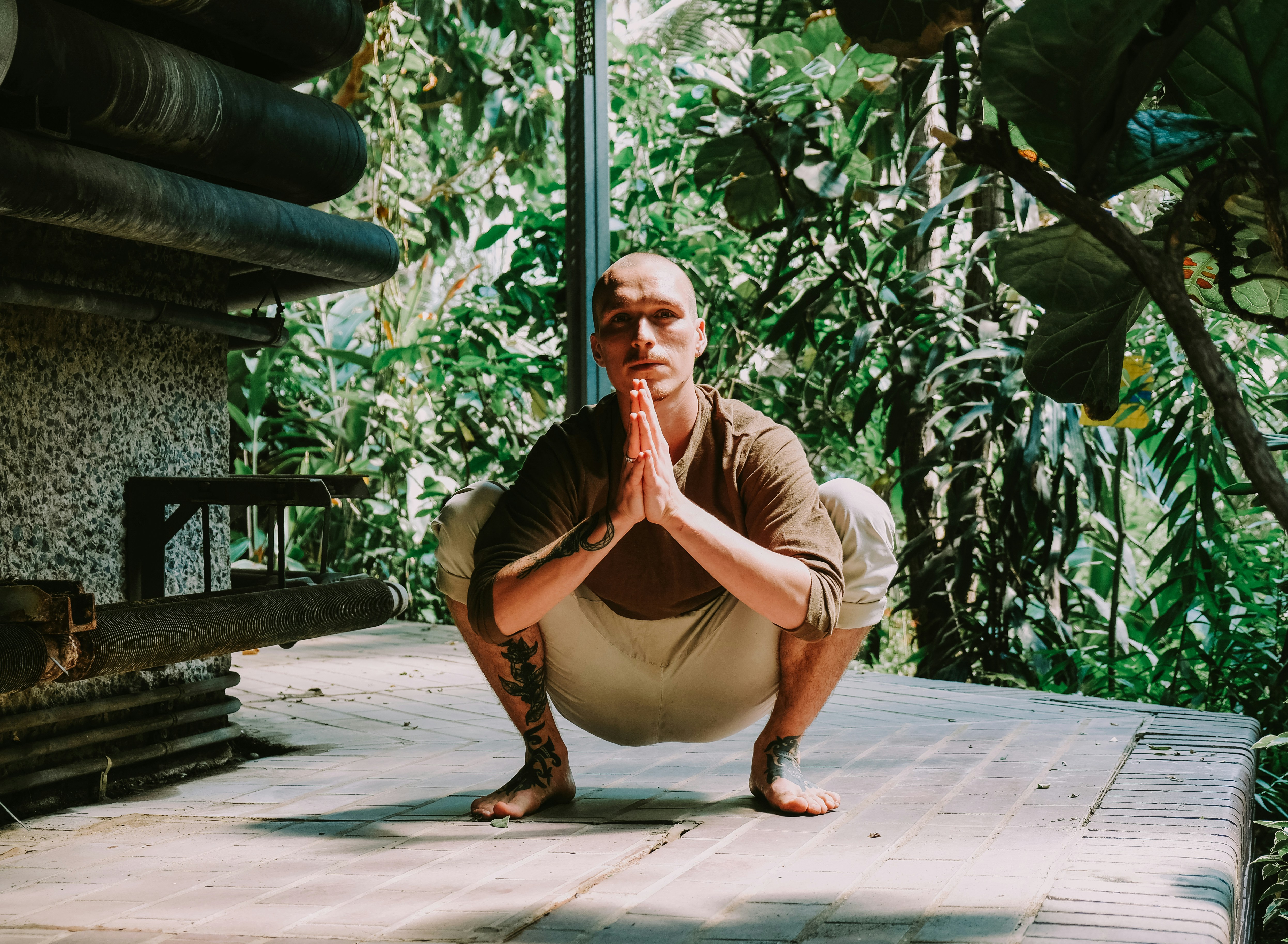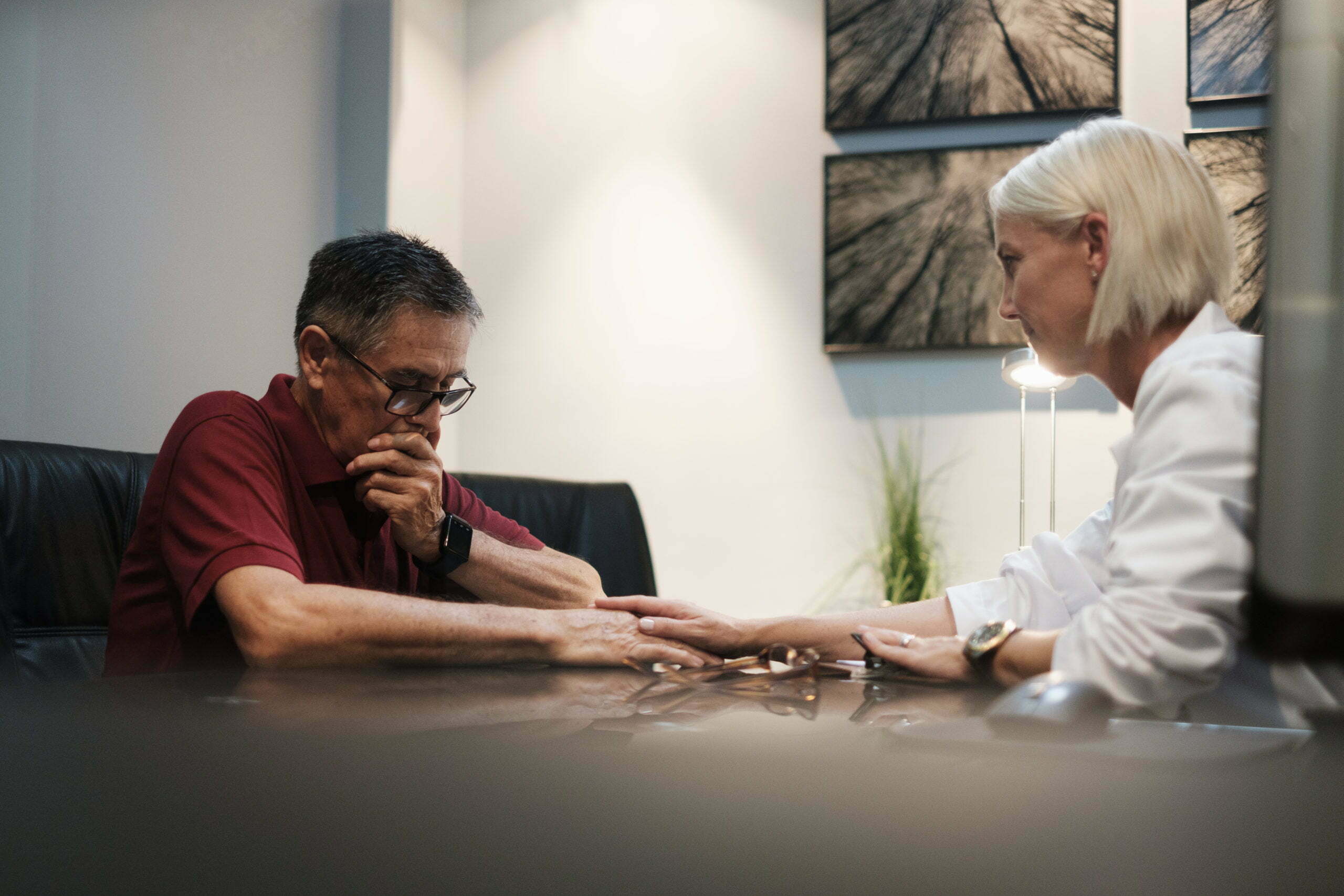A rehabilitation patient deals with a multitude of stresses, both on the body and the mind. Whether it’s rehabilitation for an elderly patient, a person with an unexpected injury, or a person with a disability, rehabilitation care requires diligence and patience. Physician clinics are great for several reasons, but it can seem a bit daunting when you’re going by yourself.
With everything you are being dealt with during this time of your life, it’s useful to have a few tips and suggestions to help you get through the toughest parts. Here are some tips for aiding in your physical rehabilitation process to get all of the benefits of rehabilitation and gain some confidence when taking this huge step to recovery.
Set goals for yourself.

Setting goals to obtain a certain level of achievement for yourself in any situation will make the process more manageable, and the approach to physical rehabilitation is no different. Of course, your specialist will already have a few treatment plans for you. Still, if you go into your first session of physical therapy with a set of goals in mind, your practitioner will be able to figure out a more specific direction for treatment. It will also help you bring any diagnostic imaging and other materials with you to the first appointment so your specialist can make more clear decisions about your condition.
Having goals set in place boosts your motivation to meet these said goals, and this will really come in handy when it comes time to do the at-home exercises given to you by your physician.
Take care of your mind.

Physical rehabilitation can occasionally cause strain the mind, especially when things become more challenging, and the road to recovery might seem longer than you previously thought. Therapy isn’t just limited to physical therapy. Your mental health is a critical part of your overall health. Therapy, also known as psychotherapy and counseling, is at the core of healing, and with the right therapist, you can make huge strides in healing your mind so you can make the most out of your physical therapy sessions.
If you’re wondering how to find a therapist or psychiatrist for your needs, you’ll be able to find a good match if you know the things you want and don’t want in the therapist. A licensed therapist can cover a wide range of specific therapeutic approaches, including but not limited to psychotherapy, cognitive behavioral therapy, and psychodynamic therapy. However, not all psychologists can write prescriptions, so you may also need to see a psychiatrist if medication is required for treatment.
Find the right place for you.

This tip is pertinent, especially if you’re unsure where to look for physical therapy and don’t have a referral. Start by searching for clinicians and specialists who focus on conditions similar to those you are coping with. Make sure that you search for a place that not only meets your needs but also that they guarantee a complete continuum of care.
Places like Casa Colina rehabilitation centers – which is a non-profit provider of medical and rehabilitative care for people with conditions resulting from accidents, diseases like polio, or illnesses – are the kinds of establishments you should be considering. Casa Colina’s continuum of care includes 219 beds consisting of intensive medical care, acute rehabilitation hospital care, long-term residential care, outpatient services, specialized physician clinics, children’s services, diagnostic imaging, outdoor recreation program, and more. The Casa Colina Research Institute conducts clinical research studies to improve patient care and discover new findings of disabilities and people’s clinical care.
Take the work home with you.

This step is possibly the most important. Just like in school, any work you do outside of your therapy sessions will maximize your progress and recovery. It’s okay if you miss a day every once in a while, but the most important thing for a rehabilitation patient’s recovery is consistency. Your practitioner will give you exercises for you to do at home outside of the therapy sessions. Your physical therapist considers this work for your projected recovery timeline, so you need to consistently do the recommended at-home work.
On this journey to recovery, remember to be kind to yourself and allow for mistakes and missteps, but know that you’re doing exactly the work that you need to be doing for yourself and your wellbeing.
































